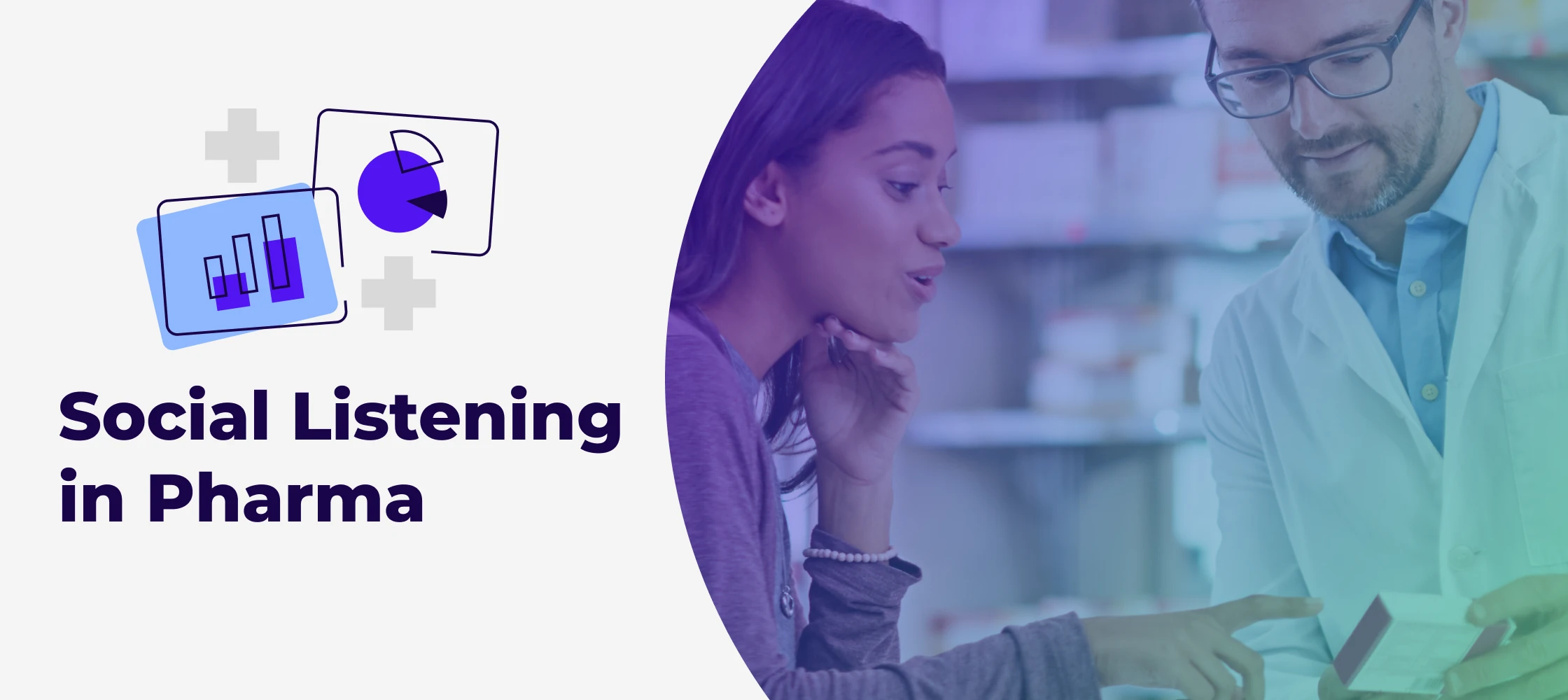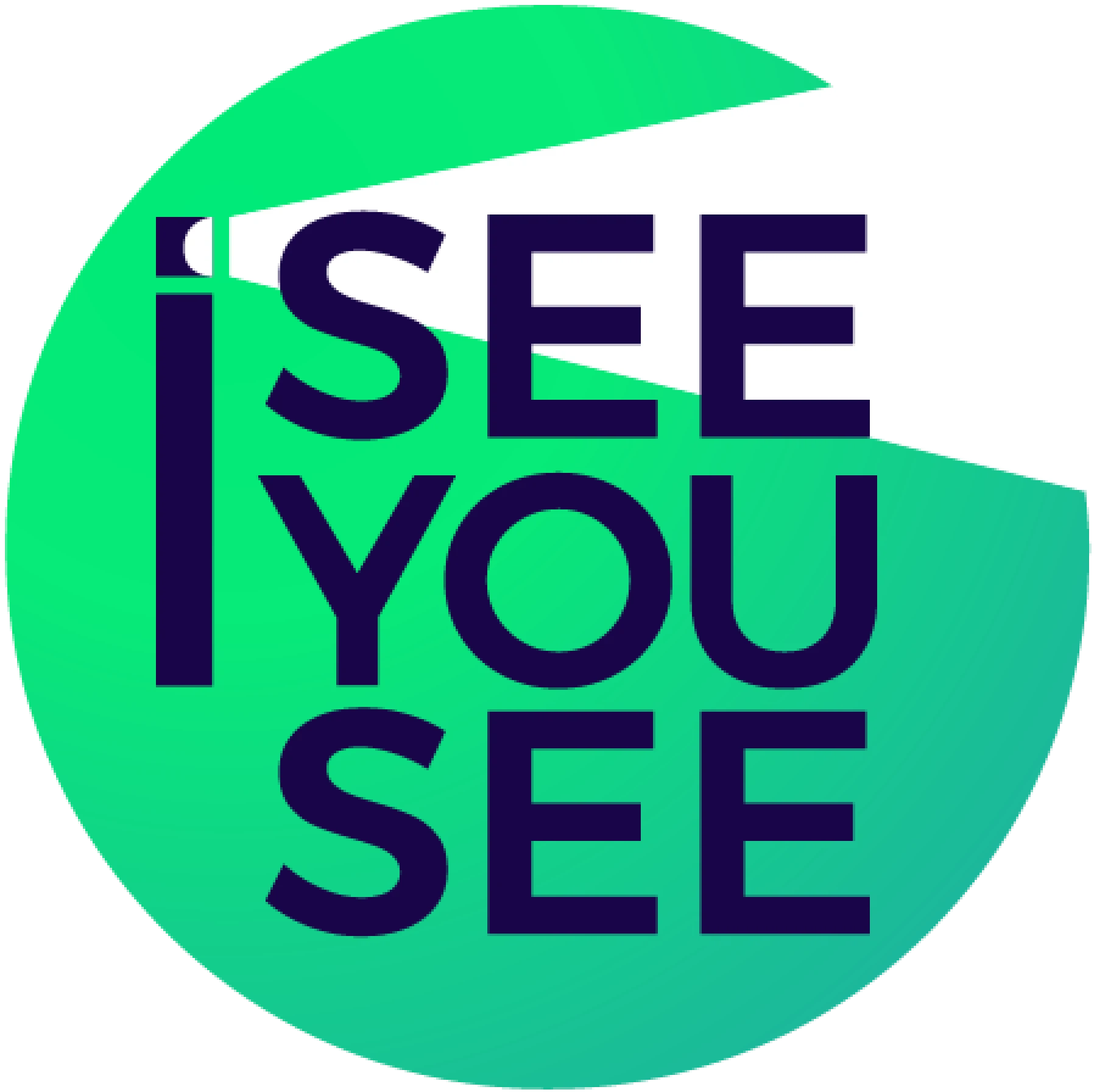Social Listening in Pharma: Insights for Better Patient Outcomes
Understanding and selling to patients, physicians, and providers online requires skilled analysts, analytic frameworks, and technological power. Today’s healthcare brands–having overwhelmingly increased their social media usage–are turning to a technology called social listening to take their social media strategies to the next level. This article explores how pharmaceutical companies can leverage social listening to gain valuable insights, enhance patient safety, ensure compliance, and improve engagement strategies.
What is Social Listening for Pharma Companies?
Social listening in pharma refers to the process of monitoring and analyzing online conversations to gain insights into patient experiences, physician discussions, and industry trends. By leveraging social listening technology, pharmaceutical companies can collect data from social media networks, online forums, and other digital platforms to understand sentiments, track emerging issues, and make data-driven decisions.
What is Social Listening Technology?
Social listening is the process of monitoring online conversations and collecting available data from different social media networks and online forums. Social listening technology enables pharma brands to analyze online data to track patient sentiment, identify physician concerns, and uncover demographic trends. When used in the context of a strategic social framework, social listening tools can help healthcare companies drive meaningful engagement, obtain qualified leads, and develop a robust analytics-based pharma social media strategy.
Implementing Social Listening in Pharma
Social listening in pharma helps healthcare companies stay informed about patient concerns, preferences, and experiences. When working towards implementing a meaningful social listening strategy, key aspects to consider include:
- Identify Key Focus Areas: Define therapeutic areas, specific conditions, and patient communities to monitor, ensuring alignment with product offerings and research priorities.
- Monitor Patient and HCP Conversations: Track discussions on symptoms, treatments, and drug efficacy among patients and healthcare professionals.
- Implement Adverse Event Reporting Systems: Establish protocols to detect and report adverse events from social media channels within the required regulatory timeframes.
- Engage Ethically with Patient Communities: Develop strategies to interact with patient advocacy groups while adhering to regulatory and ethical guidelines.
- Develop Insight Reports and Analytics: Regularly compile data into actionable insights to inform strategic decisions and enhance patient engagement.
Benefits of Social Listening in Pharma
Social listening provides pharmaceutical companies with important insights that can drive better patient outcomes and business strategies. By effectively leveraging social listening, pharma brands can enhance their ability to respond to patient needs, improve engagement, and maintain compliance in an increasingly digital healthcare landscape. Here are some of the most significant benefits of social listening in pharma:
- Patient Safety: Assists in identifying adverse events on social media, enabling prompt reporting and intervention.
- Patient Engagement: Helps tailor support services based on patient concerns and experiences.
- Regulatory Compliance: Ensures adherence to guidelines by monitoring and reporting adverse events within regulatory timeframes.
- Market Insights: Guides product development and innovation by analyzing unmet needs and emerging trends.
- Social Media Pharmacovigilance: Social media also plays a role in pharmacovigilance, which is the phase in drug creation that includes monitoring for long-term safety outside of a controlled group once medication or vaccines hit the market.
Challenges of Social Listening in Pharma
While social listening offers a number of advantages, it also comes with unique challenges in the pharmaceutical industry. Navigating regulatory requirements, filtering through vast amounts of data, and integrating social listening with traditional market research can be complex. However, working with an experienced partner like ICUC can help pharma companies overcome these hurdles effectively.
Data Privacy and Compliance
Ensuring compliance with privacy regulations while collecting and analyzing data. ICUC’s expertise can help navigate these complexities and your business develop pharma social media guidelines in compliance with industry regulations.
Filtering Noise from Valuable Insights
Managing the sheer volume of online conversations to extract meaningful data is a large undertaking, especially for healthcare companies with a number of competing priorities. Identifying useful data can be compounded by the need to focus on highly specific topics, such as adverse events, patient experiences, or drug efficacy, while ignoring unrelated or misleading information.
Integration with Traditional Market Research
Combining social listening with traditional research methods like clinical trials and surveys to ensure data consistency and regulatory compliance is another challenge with social listening for pharma companies.
While there are unique challenges when considering social listening for pharma, there are solutions to help. Consider outsourcing your pharma social listening to a reputable agency like ICUC that offers around-the-clock social listening.
Dos and Don’ts of Social Listening Practices for Pharma Brands
Now that we’ve discussed the benefits and drawbacks of social listening in pharma, we’ll dive into a few dos and don’ts for your healthcare brand when it comes to social listening.
Do monitor smaller channels or lower frequency conversation areas. Focus on the quality of conversation rather than quantity. Channels like Reddit are home to a wealth of first-person experiences, where patients are sharing openly among connected communities. Oftentimes, patients are more comfortable sharing their experiences in these connected communities than in their own social and family circles.
Don’t be afraid to get your hands dirty. Sometimes, a listening tool might not be able to reach the areas you need it to, such as Facebook groups. Be prepared to roll up your sleeves and dig deeper to find the information you need. Patient communities are thriving, and these patient-centric networks are becoming a trusted source of useful personal insights.
Do be open-minded. Approach a research project without any bias or preconceived notions about what you’re hoping to uncover. Don’t go into the research project thinking you’re looking for like-minded marketing clients or research-oriented individuals. Think like a patient would by embracing the nuances of the language and cultural norms in the disease area.
Don’t use in-group language. To explore the granularity and heart of the culture you’re researching, focus on the language and cultural nuances used by the patients in a disease area rather than overly technical language. These areas of patient insight can drive powerful outcomes for a brand researcher.
Social Listening in Pharma: A Tool for Patient Safety
Social listening and community management are critical tools for enhancing patient safety and ensuring regulatory compliance. Many patients seek online communities for support, advice, or guidance, presenting a unique opportunity for pharma companies to gain valuable insights.
Social listening is also an invaluable tool for regulatory compliance in the pharmaceutical industry. The following ICUC case study highlights the importance of social listening in pharma to ensure compliance with regulatory agencies.
Case Study: ICUC’s 24/7 Social Listening for Adverse Event Reporting
- Situation: A publicly-traded multi-national pharmaceutical client needed continuous monitoring of social media for adverse event detection.
- Challenge: Ensuring timely reporting to the FDA within 24 hours and understanding the needs of a diverse patient audience.
- Solution: ICUC implemented 24/7 monitoring across various platforms, including channels not owned by the client, allowing us to identify and report issues within the required 24-hour timeframe.
- Outcome: Compliance was maintained, patient safety was prioritized, and the client demonstrated commitment to ethical engagement. Read the full case study here.
Navigate Pharma’s Digital Landscape with Social Listening
Social listening in pharma is essential for patient-centric care, compliance, and market insights, especially for global healthcare companies monitoring conversations across different time zones and cultures. ICUC offers 24/7 social media monitoring, community management, real-time event reporting, and advanced data analysis to support pharmaceutical brands.
Need expert support for your social media listening? ICUC’s team of global analysts specializes in selecting the right social listening tools, integrating strategic plans, and ensuring compliance. Book a meeting today to maximize the value of social listening for your pharma brand.

